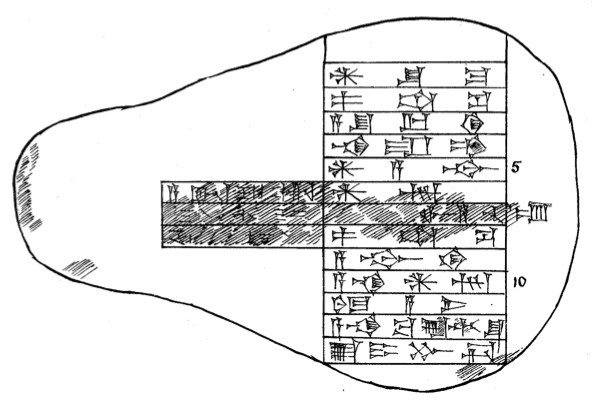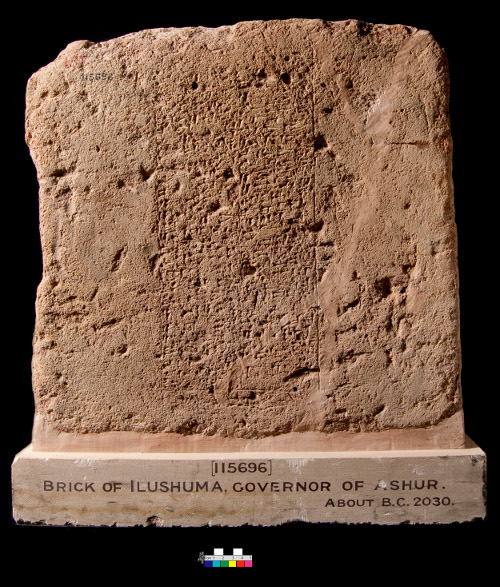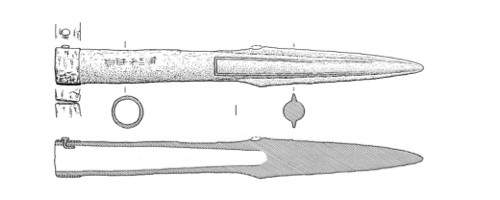Inscriptions
Browse the RIAo Corpus [http://oracc.museum.upenn.edu/riao/pager/]
1
This inscription is on a broken stone object (BM 115690) with two holes, which was probably part of a lock-system. The object was found at floor level in the south-east cella of the Old Assyrian temple of Ištar (eB7iii); according to W. Andrae (1922), its original position was inside the temple. After the lines commemorating the building of the temple of the goddess Ištar (lines 1-13), in the last two lines of the text, Ilu-šūma states that he established the addurārum [http://oracc.museum.upenn.edu/riao/fromcolonytocitystate23341809bc/ilushumma/index.html#Ilushumma_addurarum] of the Akkadians.

BM 115690. Schroeder, KAH 2 no. 4
Access the composite text [http://oracc.museum.upenn.edu/riao/Q005619/] of Ilu-šumma 1.
Bibliography
2
This text is known from sixteen bricks discovered in various areas (most of them unknown) in Aššur. After a brief genealogy, which traces the ruler's ancestry back to the founder of the dynasty, his grandfather Puzur-Aššur I (lines 1-15), the text records Ilu-šūma's building of the temple of Ištar (lines 16-22), the city walls, and the residential area of the city (lines 23-29). The inscription also reports that he provided the city Aššur with water from the springs of mount Abiḫ, the Jebel Maḥlul, a northern spur of the Ǧebel Hamrīn, on which the city was founded (lines 30-48). The text concludes (lines 49-65) with a passage stating that Ilu-šūma established the addurārum [http://oracc.museum.upenn.edu/riao/fromcolonytocitystate23341809bc/ilushumma/index.html#Ilushumma_addurarum] of the Akkadians.

BM 115696. © The Trustees of the British Museum
Access the composite text [http://oracc.museum.upenn.edu/riao/Q005620/] of Ilu-šumma 2.
Bibliography
3
This text is engraved on a socketed spear-head. It is made primarily of copper and has a silver band, which suggests that it was intended for ceremonial use. This type of spear-head was typically used in Iran and Iraq during the first half of the second millennium BCE. According to M. Mallowan, it was found at Nineveh "within the limits of the temple of Ishtar." The reading of the engraved text is uncertain, but J. Reade has recently suggested that it should be read as É.GAL DINGIR-šu-ma, thus, linking it to the reign of this early Old Assyrian ruler. The object is currently housed in the British Museum (London).

BM 123343. Reade 2005, p. 360.
Access the composite text [http://oracc.museum.upenn.edu/riao/Q007285/] of Ilu-šumma 3.
Bibliography
Nathan Morello & Poppy Tushingham
Nathan Morello & Poppy Tushingham, 'Inscriptions', The Royal Inscriptions of Assyria online (RIAo) Project, The RIAo Project, a sub-project of MOCCI, 2021 [http://oracc.museum.upenn.edu/riao/fromcolonytocitystate23341809bc/puzurashurdynasty/ilushumma/inscriptions/]